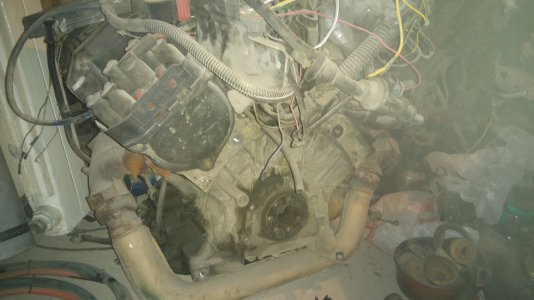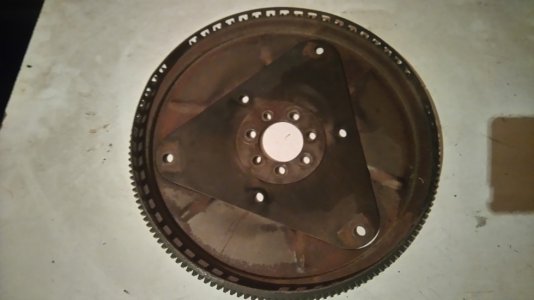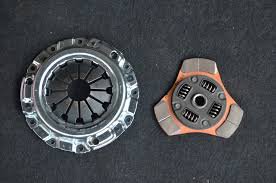- Joined
- Jul 14, 2017
- Messages
- 2,446
I know this may not be the right place to ask questions like this but as past has proven there is surely a lot of knowledge here. I'm planning (plotting) a plug in engine swap for a vehicle that has lots of limiting factors, the biggest one clutch and flywheel options the gearbox is a manuel and needs to stay stock and it has only a 200mm clutch disc. The question is how much power and torque can u push thru a standard 200mm street disc clutch, the engine i have in mind develops 167hp and 235 nm of torque can i make it work, any experience or advice is much appreciated.






